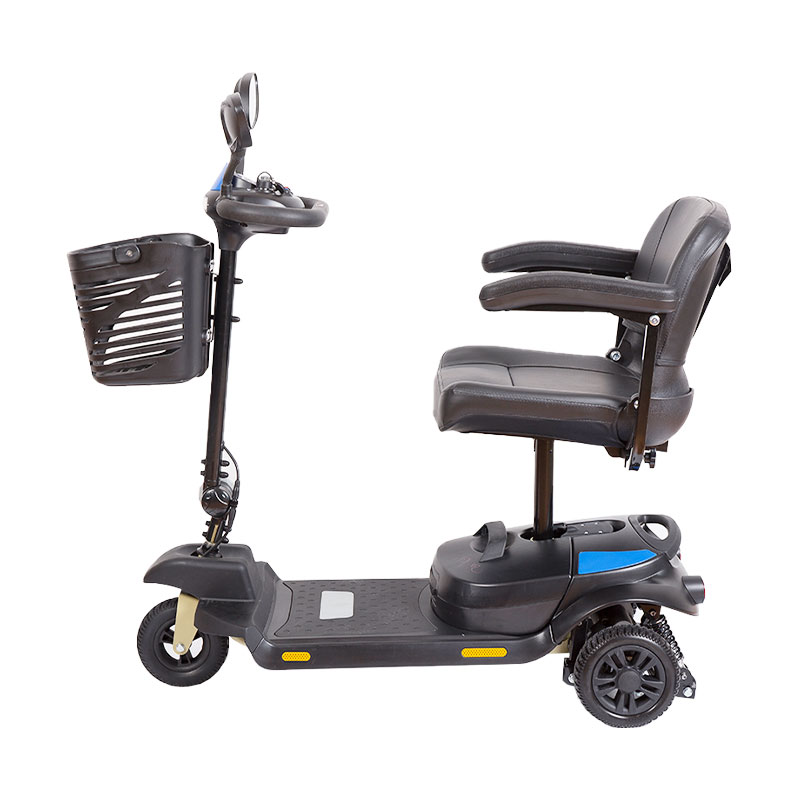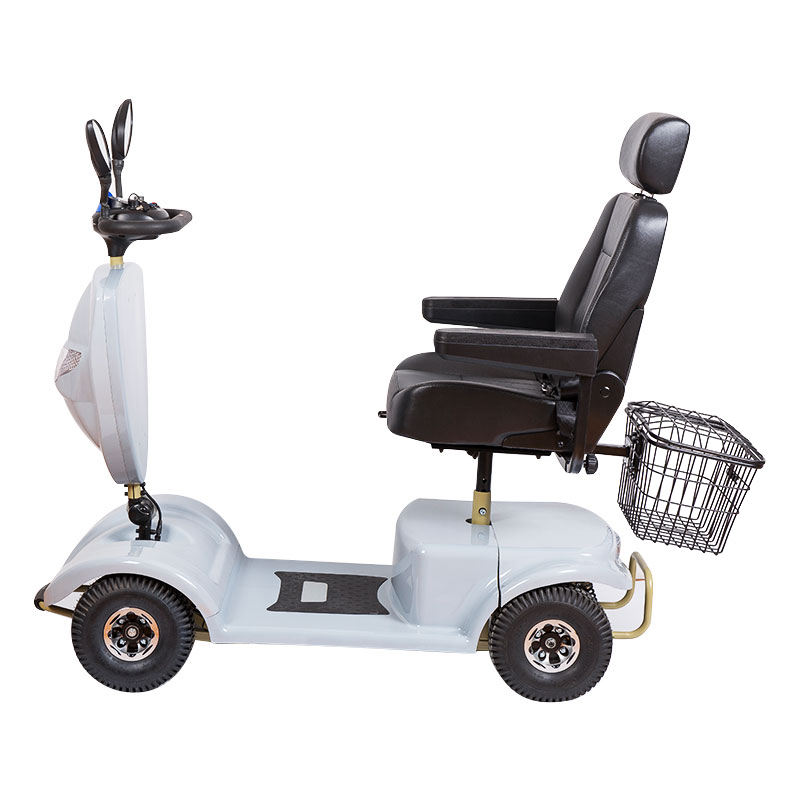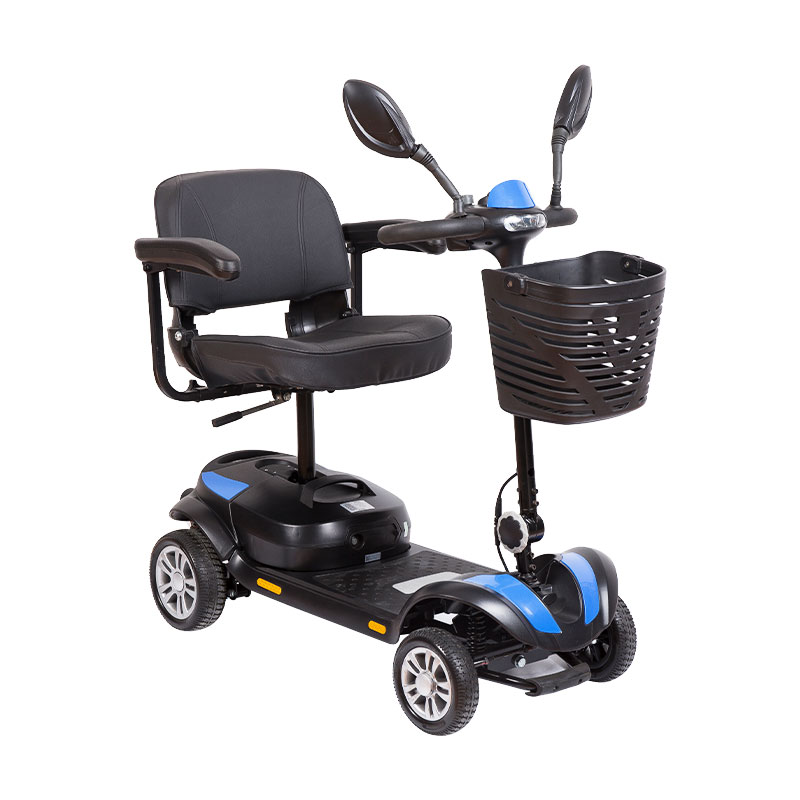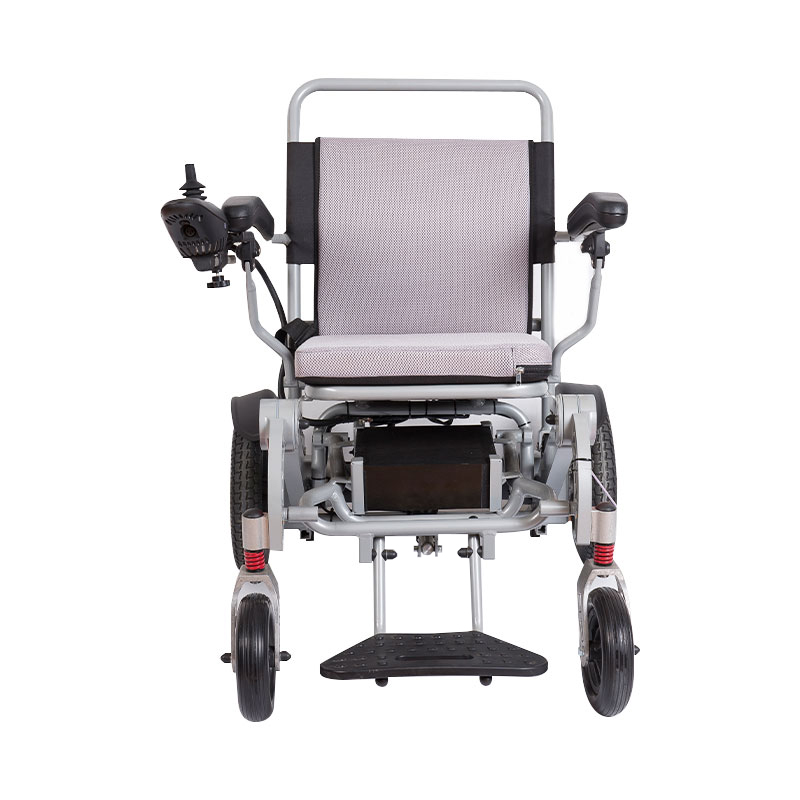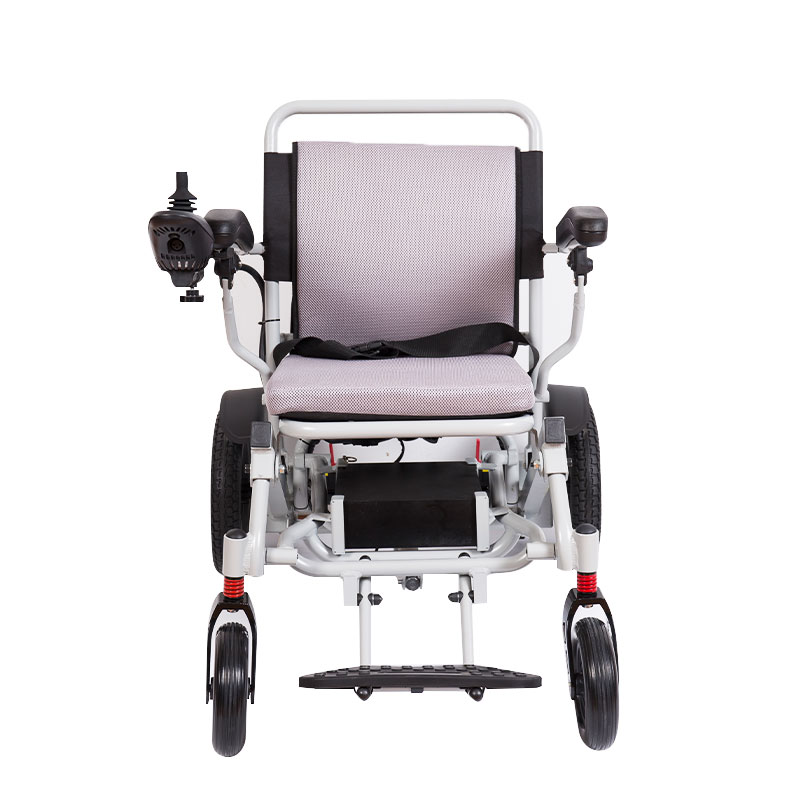How to conduct market research to design an Elderly Mobility Scooter that is more in line with the aesthetics of the elderly?
Conducting market research to design an Elderly Mobility Scooter that aligns with the aesthetics of the elderly involves a systematic approach to understanding their preferences, needs, and expectations. Here's a step-by-step guide to conducting such research:
1. Define Research Objectives:
- Clearly outline your research objectives, such as understanding the aesthetic preferences, mobility requirements, and lifestyle considerations of elderly individuals.
2. Identify Your Target Audience:
- Define your target demographic within the elderly population. Consider factors such as age, gender, geographic location, and socioeconomic status.
3. Secondary Research:
- Start with secondary research by gathering existing data and insights related to mobility scooter preferences among the elderly. This could include industry reports, academic studies, and market trends.
4. Survey and Questionnaires:
- Develop surveys or questionnaires that are tailored to your research objectives. Include questions about aesthetic preferences, colors, design elements, and lifestyle factors that influence their choices.
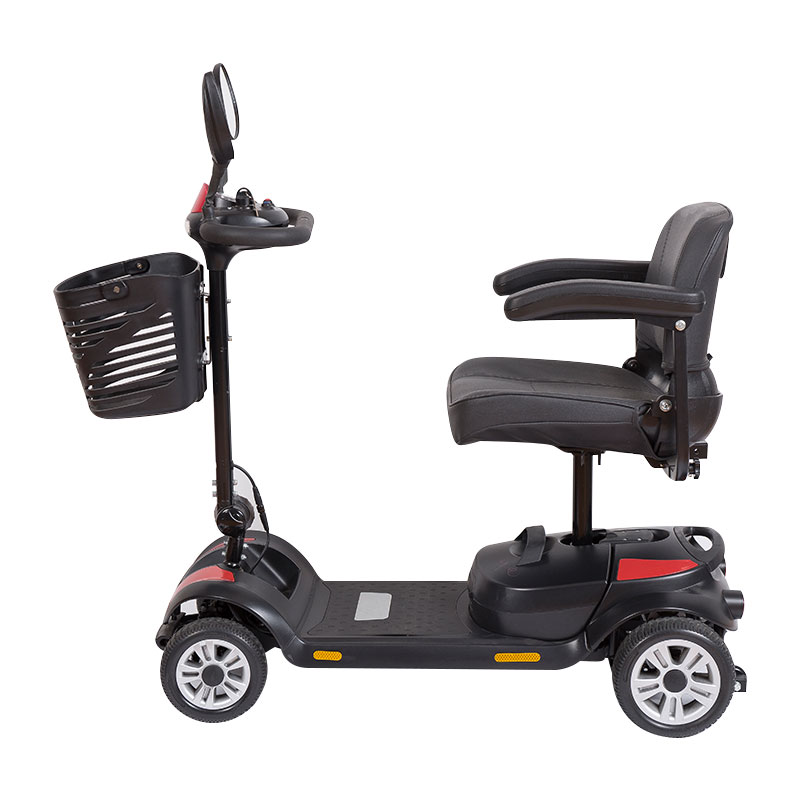
5. Focus Groups:
- Organize focus group discussions with elderly participants to delve deeper into their preferences. Use open-ended questions to encourage discussion and gather qualitative insights.
6. In-Depth Interviews:
- Conduct one-on-one interviews with a diverse group of elderly individuals to gain a deeper understanding of their individual preferences and needs.
7. Observation and Ethnography:
- Observe the daily lives of elderly individuals, paying attention to how they use mobility scooters, what accessories they may need, and how aesthetics play a role in their choices.
8. Online Communities and Social Media:
- Explore online forums, social media groups, and communities where elderly individuals share their experiences and preferences regarding mobility scooters. Participate in discussions or conduct online surveys.
9. Competitor Analysis:
- Analyze the designs and features of mobility scooters offered by competitors. Identify any gaps in the market or areas where your design can stand out.
10. Prototype Testing:
- Create prototype designs of the mobility scooter based on initial insights and gather feedback from elderly participants through usability testing. This can help refine the design further.
11. Cultural Sensitivity:
- Be mindful of cultural and regional differences in aesthetic preferences. Conduct research that accounts for diverse cultural backgrounds among the elderly population.
12. Data Analysis:
- Thoroughly analyze the data collected, looking for patterns, common preferences, and insights that can inform the design process.
13. Iterative Design: Based on the research findings, work with designers and engineers to create mobility scooter prototypes that incorporate the aesthetic preferences and functional needs identified during the research.
14. Feedback Loop:
- Continue to involve elderly individuals in the design process by seeking their input and feedback at various stages of development.
15. Testing and Refinement:
- Test the prototype designs with elderly users to gather feedback on both aesthetics and functionality. Make necessary refinements based on user feedback.
16. Final Design: Once you have a design that aligns with the aesthetic preferences and needs of the elderly, finalize the design and move forward with manufacturing.
17. Marketing and Launch: Promote the mobility scooter emphasizing its aesthetic appeal and functionality that resonates with the elderly demographic.
18. Feedback Post-Launch:
- Continue to gather feedback from customers post-launch to ensure the product meets their expectations and make adjustments as needed.
Recommended Products
Come collaborate with us.
-

+86 400-0908-380
-

+86-0512-66364052
-

DSB@xiaoyuanyiliao.com
-

Wanqi Creative Park, No. 8, Ecological Road, Lingfeng Village, Beiqiao Street, Xiangcheng District, Suzhou City, Jiangsu Province, China


 English
English Deutsche
Deutsche
-3.jpg)
.jpg)

